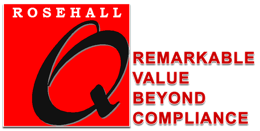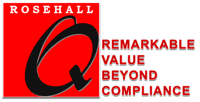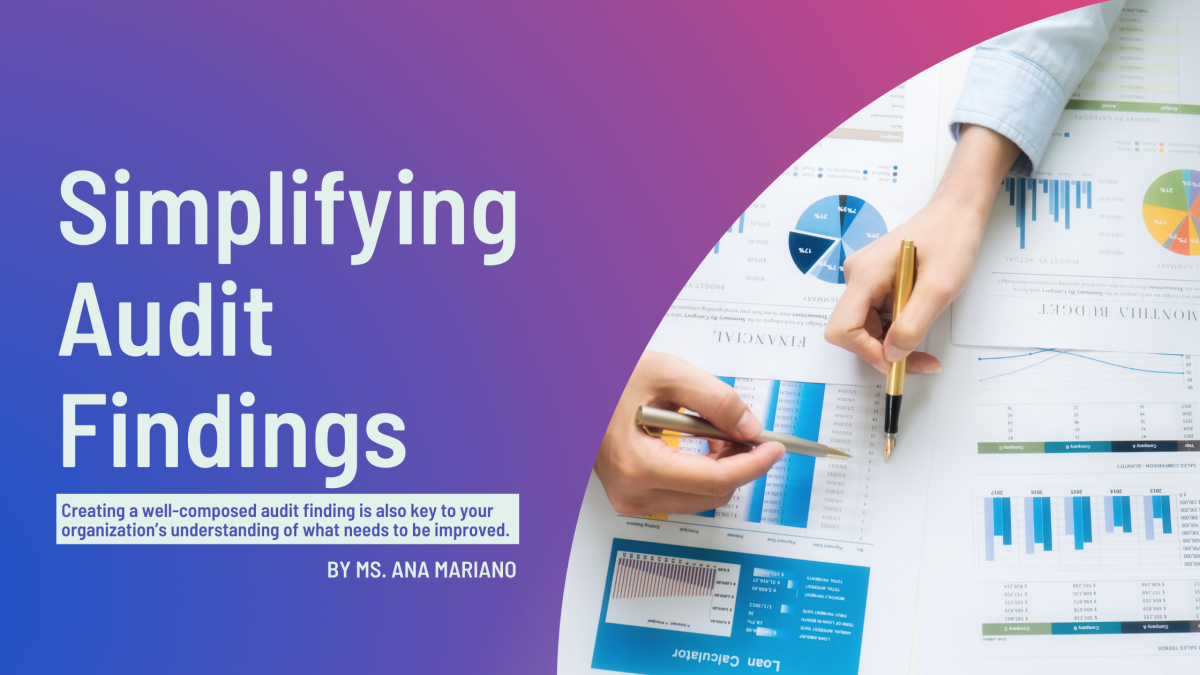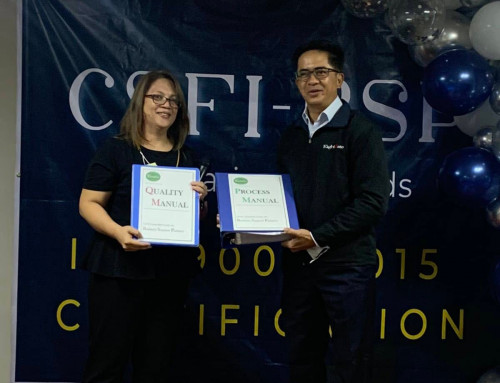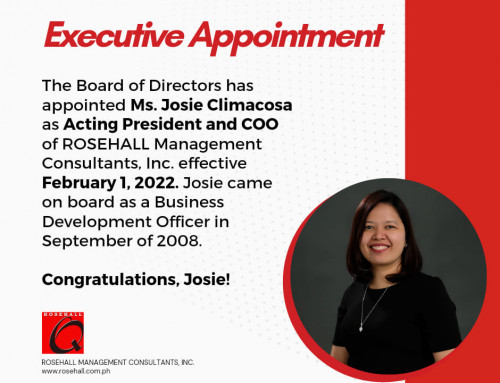Simplifying Audit Findings
By Ms. Ana Mariano
Why Audit?
Audit is key to continuous improvement. Audit is done at agreed intervals to evaluate the effectiveness of an organization’s internal controls. Internal controls vary from human resource management, procurement, supply chain management, warehouse/ inventory management, information systems management, etc., and each one of these processes will have a set of established standard operating procedures, or guidelines, even policies. To add to internal controls, organizations certified to any ISO Standard are required to conduct system audits based on two main criteria: the requirement of the Standard it is certified to, and its own set of internal controls – financial matters removed. Audit of Finance is usually left to the Regulatory Bodies and their Agencies.
Auditor Competence
Auditors need to frequently refresh their skills not only in auditing methods. It is important to note that creating a well-composed audit finding is also key to your organization’s understanding of what needs to be improved.
Here are my CLEAR tips for conveying your findings effectively:
C – Always refer to the criteria by repeating the requirement. This makes your finding legitimately official.
L – Point to where (location) the problem was detected. Was it an event? Was it a lapse in process implementation? Was there wrong information communicated or an error in a record?
E – Site and name the exact evidence (a missing/ obsolete/ wrong document or reference being used by the unit/ section). Other evidence may also come from observed practices, verbal statements during interviews or records of activities.
A – summarize your findings to the auditee. Make sure they understand and accept the issue as a point for correction to achieve improvement.
R – Conclude your statement highlighting the unfulfilled requirement.
Practice Writing Findings
Auditing is not to be taken lightly as it is one of the major tools used by organizations to find out if their systems are working effectively, or where to start improving. Sustaining an ISO standard certification is not easy, and it relies mostly on the effective and efficient techniques auditors use to detect areas for improvement. This said, audit findings will have to be clearly stated to prevent ambiguities.
By Ms. Ana Mariano
